The boss of the Scottish Building Federation (SBF) has urged policymakers to avoid making any hefty cuts in capital spending, for the good of the economy.
Infrastructure investments can kick-start recovery, Vaughan Hart, SBF’s managing director, said.
He added: “This might be the easiest cut to make in the short term.
“But it is the type of cut with the deepest and longest-term impact for the wider economy – particularly the construction and building sector.
“Our plea to government is that, yes, short-term thinking will inevitably hold their attention, but that cannot be at the expense of long-term success.”
Mr Hart continued: “Due to unplanned events such as Covid, global unrest and now the energy crisis, there has been an understandable focus on the immediate future.
“However, now it is time to focus on the years and decades ahead.”
Chancellor Jeremy Hunt gave commitments to maintain capital spending at current levels in his Autumn Statement.
Mr Hunt said he would not cut “a penny” from UK Government capital budgets over the next two years, and would then maintain them at that level for the next three years to avoid limiting “our future”.
SBF represents more than 300 businesses with a collective turnover in excess of £4.5 billion.
The building industry was one of the sectors worst hit by the pandemic in the UK. One study found 82% of firms had taken a financial hit.
Ever-changing impacts of Covid on construction
Mr Hart said that, during the early days of Covid in 2020, the federation was regularly using descriptions such as “turbulent”, “unprecedented” or “uncertain” in almost every issue of its monthly update to members.
But it was only later, after businesses began to reopen from lockdowns, the turbulence and the uncertainty really started, he added.
He explained: “This was uneven, stuttering, unpredictable – with clear winners and losers, and it has been that way ever since.
“With the inability to travel abroad, we saw a glut of spending on home improvements, extensions and garages, adding value to homes.
“This was excellent news for many micro-businesses or sole traders who saw the price of their labour increase, at a time when the spiralling costs of material was not so obvious as stockpiles had accumulated.”
But it was not the same situation for SBF’s larger members, such as housebuilders.
Mr Hart said: “They began to face increasing labour shortages and increased costs.
“Many had already invested heavily during the forced shutdown to retain their employees and current projects to ensure a safer way of working.
“Historically, when times were simpler, it was said construction was both the canary in the coal mine pointing towards a coming recession and, at the end, the rainbow signalling the true end of the storm.
“That has most definitely not been the case in this instance, with the market sorting itself out the ways markets more often do – messily and with contradictions.
“While the construction industry remains a cornerstone of the economy, the sector – and our membership – is highly diverse.”
Politicians have been scrambling to calm financial markets in the short and medium term, Mr Hart said.
He added: “Those markets might have a level of control now but the effects will be felt very much on the ground for some time to come.
“Increased borrowing costs mean higher business costs.
“It will make it harder for businesses to meet contractual requirements, in both the public and private sectors.
“The small businesses who enjoyed their own short-term boost in 2020-21 are now the ones facing huge problems – impacted by rises in bills and by potential clients now watching every penny.
“The ripple effects of this will be felt across the north-east and elsewhere, in the small building yards and suppliers in larger towns and cities.
“As the construction and building sector contracts, opportunities to take on apprentices – a key pillar of the industry’s own long-term plan – become fewer.
“For the public sector, increased labour and material costs are already delaying the construction of new affordable housing projects or, at the very least, leading to renegotiations that in the longer-term will inevitably see fewer homes built, despite massive cash investment made by the taxpayer.”
Action on climate change a ‘promising strategic opportunity’
Mr Hart stressed political circumstances must not lead to any roll-back on the commitment of governments to invest in environmental evolution, innovation and transformation.
“Protecting the climate is a concern for us all as individuals, but it is also the most promising strategic opportunity for our economy in the coming 50 years.
“Developing new technologies, learning new skills and implementing new methods of work and construction are how our sector can best contribute to future growth, while protecting the environment.
No more talk of ‘turbulence’ or ‘bumpy times’. This is not the time to stare at our shoes.”
Vaughan Hart, managing director, Scottish Building Federation.
“As a federation, we have always attempted to work with our members to focus on that long-term thinking.
“That has been on environmental standards; securing long-term success by anticipating, planning and delivering the right range and numbers of apprenticeships; adapting to changing technology; changing working practices to improve diversity and deliver success; and working with policymakers to make sure we are equipped to meet the needs of country and society as a whole.
“So – no more talk of ‘turbulence’ or ‘bumpy times’.
“This is not the time to stare at our shoes, but to lift our heads and make sure the path we are on is taking us in the right direction for the future.”
Positive trends for north-east markets
The commercial and domestic property sectors in the Aberdeen area have had a challenging time in the past decade.
The oil industry downturn and impact of Covid-19 have both hit activity in these markets – and, as a result, the local construction industry has also been feeling the pain.
But the outlook is now looking rosier in the north-east – a situation welcomed by local builders, who anticipate more new construction projects getting off the ground.
Healthy demand for offices
It was revealed last month that demand for office space in Aberdeen is expected to more than double this year.
Knight Frank predicted the Granite City would breach 400,000sq ft of office deals by the end of 2022 – a big jump on the 197,000sq ft recorded during 2021.
The largest deal of the third quarter of this year was Dolphin Drilling securing 9,000sq ft of office space at D2 Business Park in Dyce.
Another positive sign is that house prices in the area continue to bounce back.
Aberdeen Solicitors Property Centre chairman John MacRae said the latest housing market report for the third quarter of this year contained some good news for sellers.
He added: “The quarterly house-price change in Aberdeen is +3.4%; the annual change is +3.2%, and the change over five years is +0.4%.
“This may be the first time since 2014-15 that all three indices are positive.
“While the increases are, in themselves, relatively insignificant, they do continue a trend.”
After a difficult period for sellers, these sustained improvements are signs the local market has settled down into a “reasonably healthy state”, Mr MacRae said, adding: “Modest increases, year-on-year, build confidence for purchasers, who can feel more confident that buying a property will not result in negative equity.”
UK economy headwinds
Optimism in the commercial and domestic property sectors locally is welcome, but there are still fears a UK recession and the cost-of-living crisis may put a spanner in the works.
One recent high-profile casualty of the impact of the oil downturn and pandemic was Countesswells Development Limited (CDL).
It was just a year ago the business collapsed – putting the future of the “new town” of Countesswells in doubt.
CDL, owned by Stewart Milne Group, managed the £800 million development to the west of Aberdeen.
Directors at the company blamed the disruption caused by the oil downturn, as well as the pandemic.
At the time of the administration, only around 900 of the planned homes were built or under construction.
But the future for the development is now looking much more positive.
Chartered surveyor Shepherd was appointed to find a new owner for the site.
Major construction opportunity
Aberdeen-based Shepherd managing partner Chris Grinyer said: “The level of information for interested parties to consider in relation to Countesswells is substantial.”
The scheme is one of the largest and most ambitious in the city for many years.
The buyer will have the opportunity to complete the build-out of an entirely new community earmarked for more than 3,100 homes.
Plans include retail areas, alongside an existing neighbourhood shopping centre anchored by a 4,000sq ft Sainsbury’s.
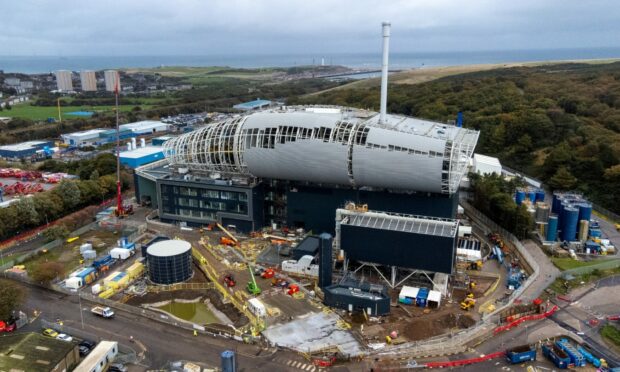

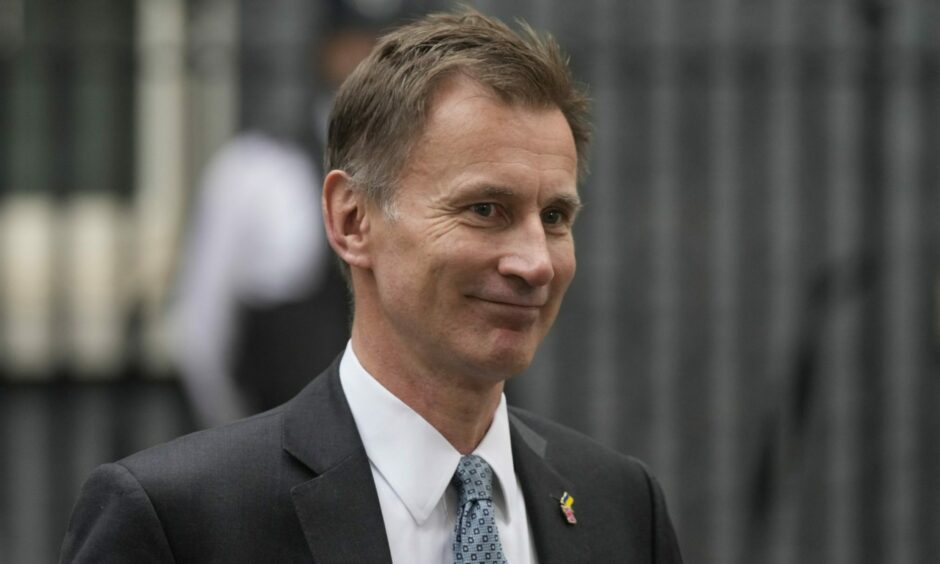

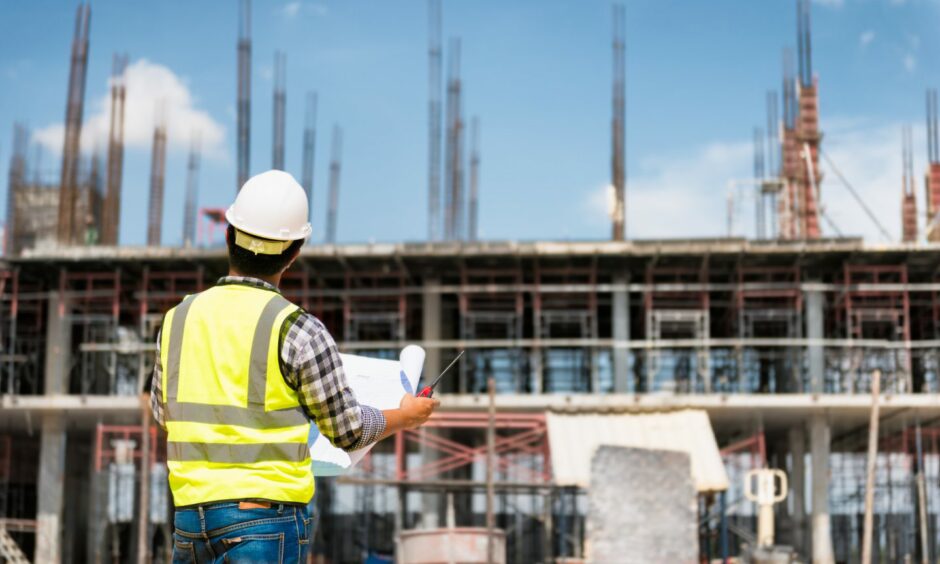
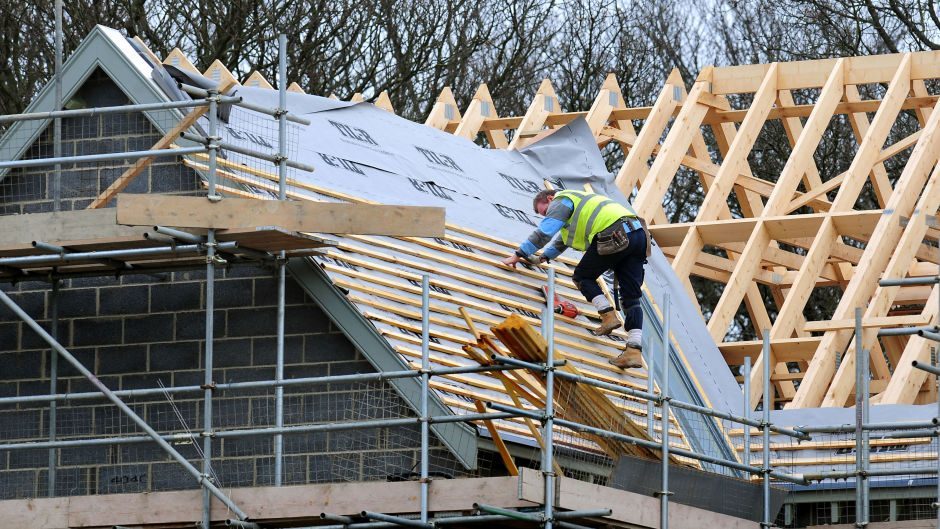
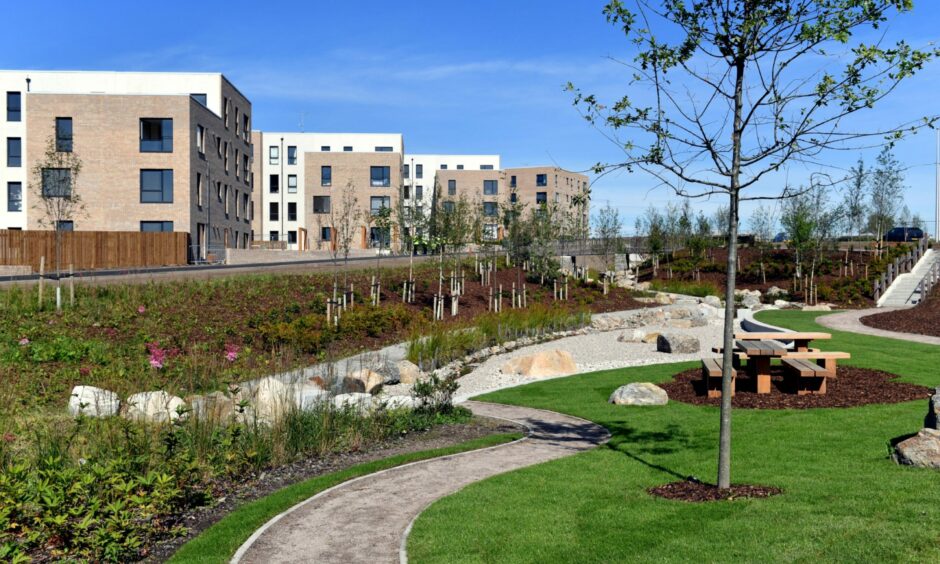


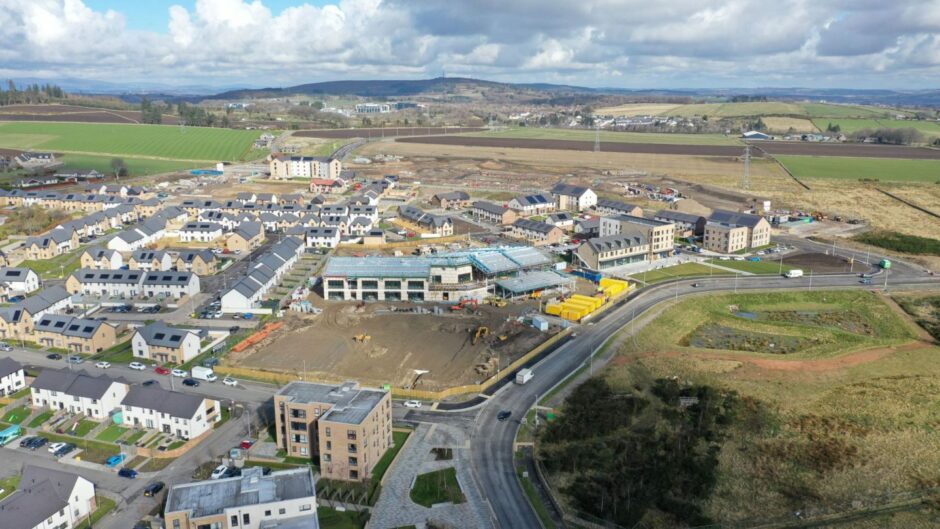
Conversation